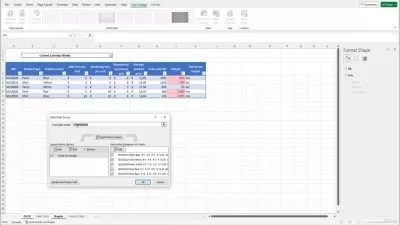Splunk Enterprise Administration: Working with Configuration Files and Indexes
Karun Subramanian
2:10:12
Description
You will gain a thorough understanding of Splunk’s layered configuration files architecture. You will also master creating and managing Splunk indexes, which are the building blocks of Splunk.
What You'll Learn?
Splunk has a complex configuration files architecture. In order to be an effective Splunk Enterprise Administrator, one must fully understand how Splunk platform is configured. In addition, a thorough knowledge of Splunk indexes is required. In this course, Splunk Enterprise Administration: Working with Configuration Files and Indexes, you will gain the ability to create, configure, and manage Splunk configuration files and indexes. First, you will learn the layering and precedence of Splunk configuration files. Next, you will discover how to effectively configure Splunk platform using configuration files. Finally, you will explore how to create and manage Splunk indexes. When you are finished with this course, you will have the skills and knowledge of Splunk configuration files and indexes needed to effectively administer Splunk Enterprise.
More details
User Reviews
Rating
Karun Subramanian
Instructor's Courses
Pluralsight
View courses Pluralsight- language english
- Training sessions 26
- duration 2:10:12
- level average
- Release Date 2023/12/06
















